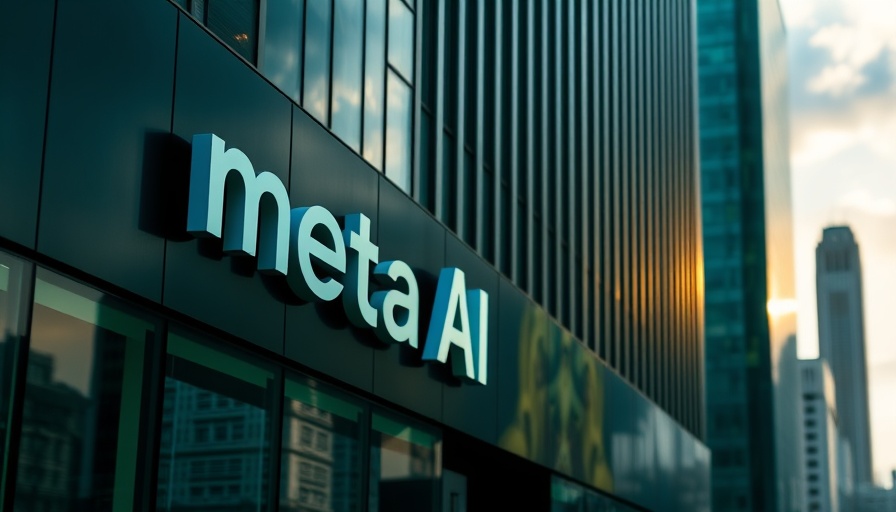
AI in the Workplace: A Revolutionary Shift
As businesses evolve, the integration of artificial intelligence into the workplace is poised to redefine the nature of work itself. According to Microsoft's latest Work Trend Index, which surveyed 31,000 workers globally, we can expect a significant shift towards organizations termed 'Frontier Firms'. This transformation highlights an emerging trend where AI agents will evolve from being mere tools to integral team members that collaborate alongside human employees.
Understanding the Frontier Firm Concept
The annual report outlines a vision of the future workplace shaped significantly by AI. The concept of the Frontier Firm encapsulates organizations that manage their operations through a hybrid workforce of humans and AI agents. Alexia Cambon, a Future of Work Researcher at Microsoft, emphasized how starting anew would challenge many entrenched beliefs about traditional workplace roles. She noted, “If we were starting today, this was the first day in the history of work, we would design work differently.”
The Three Phases of Transformation
The transition to becoming a Frontier Firm occurs in three distinct phases: 1) initial interactions with AI as assistants; 2) employing AI agents as digital colleagues capable of taking instruction; and 3) finally integrating AI agents deeply into business processes, allowing them to autonomously manage workflows. Currently, most organizations are grappling with the first phase—leveraging AI tools for assistance. However, the report indicates a rapid evolution toward fully integrating AI into the workforce within the next 2 to 5 years.
Harnessing Productivity Gains
Microsoft’s research underscores tangible productivity enhancements tied to effective AI usage. Organizations that embrace this evolution can expect to streamline their operations significantly, promoting efficiency that liberates human workers to focus on higher-level tasks. As AI agents become more adept at managing knowledge work, their capabilities will extend beyond basic task execution to facilitating innovation and creative problem-solving.
Future Insights: What This Means for Leaders
For executives and decision-makers, understanding these shifts is crucial for strategic planning. As AI continues to develop, leaders must rethink their business structures and workforce engagement strategies to fully harness the potential of this dual workforce model. Those who invest now in AI-friendly environments will likely see their organizations thrive in this new paradigm.
Actionable Steps for Integration
Integrating AI into operations calls for proactive steps. Leaders should begin by assessing current workflows to identify areas where AI can be effectively utilized. Training and upskilling employees to work alongside AI technologies will also prove essential in ensuring smoother transitions. This strategic foresight will not only enhance productivity but foster a culture of innovation and adaptability.
Conclusion
As we stand on the threshold of the AI-driven workplace, the potential for transformation is immense. By becoming familiar with the evolving role of AI agents, executives can steer their organizations toward success in this dynamic landscape. Embrace the future of work—start planning your transition to a Frontier Firm today.
 Add Row
Add Row  Add
Add 




Write A Comment